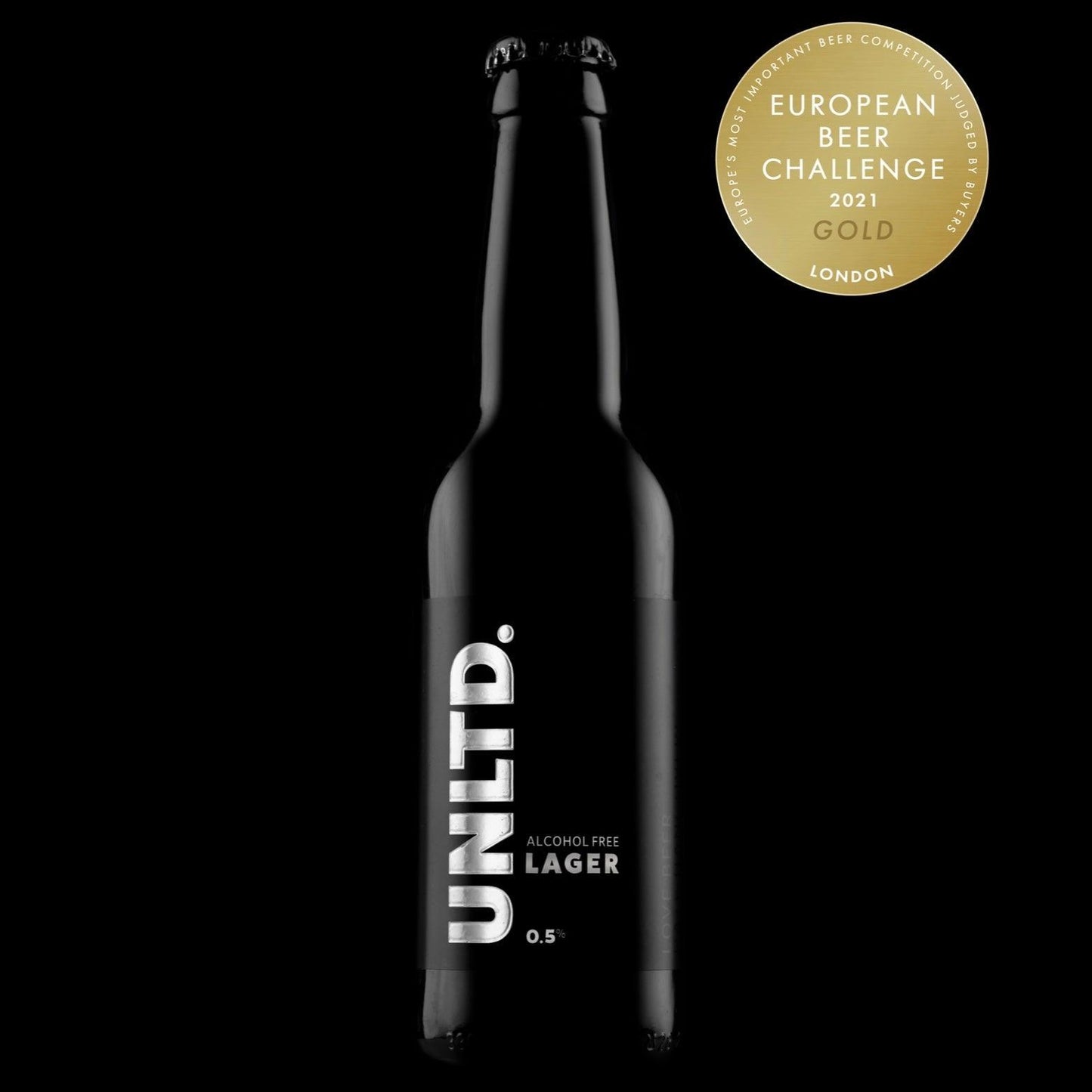
In the new year, particularly after a difficult previous year, it is time for a fresh start, and for many people, Dry January is the time to make a large, sustained change to their lives.
It is obviously also a lot of fun; given how many fantastic alcohol-free drinks are on the market and how many awesome activities you can do without alcohol, Dry January is often a lot of fun in itself, typified by other new changes, resolutions and writing a new chapter in personal stories.
The modern history of Dry January begins in 2013 with the original even started by Emily Robinson. However, whilst her story is inspiring and millions have signed up to be a part of it since, the history of taking a month away from alcohol, has a much longer history.
Aside from temperance movements that sought either prohibition or total abstinence from alcohol, there have been other movements that pre-date Dry January by quite some time, and in one case by around 80 years.
Raitis Tammikuu
One of the first-ever Dry January-esque campaigns even used the same month and took the form of Finland’s Raitis Tammikuu (Sober January) in 1942.
The campaign, a propaganda blitz by the Finnish government to raise readiness during the Second World War that was taking place on their doorstep, was intended to help prevent the rise of dependency, which had happened as a result of the traumatic events of the total war as it progressed.
As with many other countries, the wartime spirit was based on total war and cooperation, with everyone from the soldiers on the frontlines to people at home needing to do their bit to help the country succeed and prosper.
Beer production uses grains that could be better served in food production in case supply lines or stockpiles are damaged, and many countries handled this dilemma in different ways, often through rationing.
The First Mention Of Dry January
Whilst Sober January was one of the first large scale campaigns aimed at reducing alcohol consumption, the earliest known mention of the term was in a 2010 article for The Seattle Times by journalist Nicole Brodeur.
Ms Brodeur also mentioned early Facebook groups about the subject and the health benefits that come from abstaining from alcohol, including weight loss.
From Small Tradition To Annual Milestone
The month after Ms Brodeur’s article, Emily Robinson, at the time working for the Local Government Association, wanted to give herself a way to make training for a half marathon easier, and so she decided to give up alcohol for the month leading up to the event.
She keeps note of how she feels through the month, including sleeping better, having more energy and losing weight, and finds out that a lot more people feel the same way.
The next January, she joins Alcohol Change UK and does another Dry January, which sparks a bigger conversation and leads to the first official event in 2013, which eventually leads to Public Health England partnerships in 2015, apps and over 130,000 people taking part in 2021.
